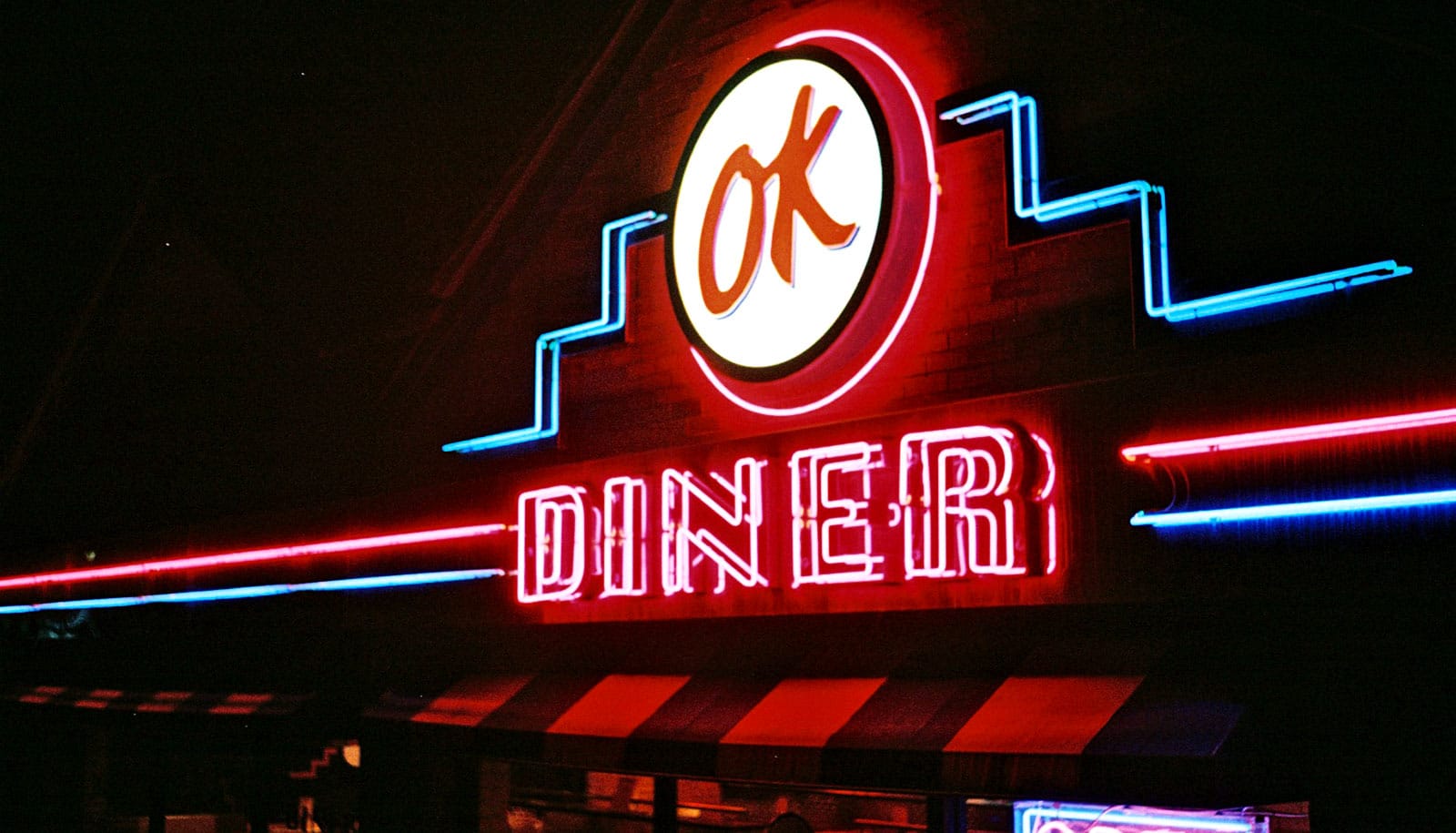The cleanliness of restaurant employees is vital to customer perceptions of food safety, and is as equally important as a clean environment and hygienic food preparation, according to a new study.
Restaurants, however, are significantly underperforming in this regard, the study suggests, identifying a clear area for improvement.
“…it is important for restaurants—and employees—to remember that utensils are not the only things that need to be clean.”
“Food safety is a huge factor when consumers decide where to eat,” says Pei Liu, an assistant professor of hospitality management at the University of Missouri. “Studies have looked at how restaurant managers view this issue, but you need to know how customers think about food safety to really understand what changes need to be made.”
Liu and her colleague, Yee Ming Lee of Auburn University, asked more than 300 adults who ate at a casual restaurant at least once a month to rank the importance of various food safety factors. Respondents then ranked how restaurants performed for these same factors based on their recent dining experience.
Three of these factors—employees keeping fingernails clean, wearing clean uniforms, and wearing gloves while handling food—were ranked as highly important but received low performance ratings. This indicates restaurants may be harming perceptions of food safety by not meeting customer expectations for the cleanliness of their employees.
“Research has shown customers will not return to a restaurant if they feel the food is unsafe. One unhappy customer tells 10 others and it is seven times more expensive to attract a new customer than it is to retain a loyal one,” Liu says.
“Since the appearance of employees has a lot to do with how people perceive their food, it is important for restaurants—and employees—to remember that utensils are not the only things that need to be clean.”
Eating out boosts your exposure to this harmful chemical
Researchers organized the factors from the survey into three categories or “cleanliness clues:” the appearance and behavior of employees, food temperature and freshness, and the appearance of the dining room and other visual aspects of the restaurant.
All three of these categories were found to be equally important for customer satisfaction, underlining the fact that clean employees are as important to customers as more traditional measures of food safety.
The research appears in the International Journal of Hospitality Management.
Source: University of Missouri



